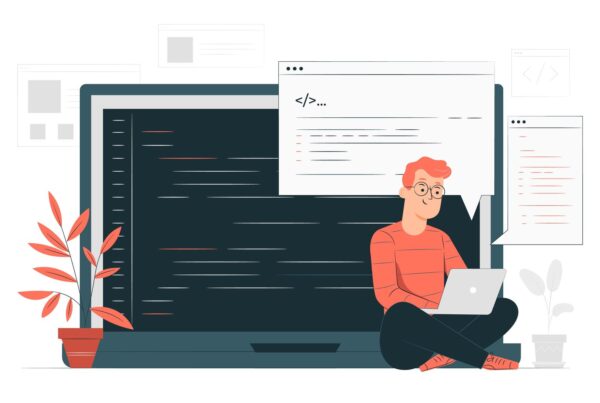If you know how to blog from your own website then you will have many options open to you in the design and functionality of your blog that are not available on a hosted blog.
You can use Blogger from blogger.com or WordPress from wordpress.com. Each has its own peculiarities, benefits and disadvantages, such as the lack of trackback and categories on Blogger, and the relatively poor raw html editing facility on WordPress. However, each has its fans and adherents, and those used to one or the other are generally loathe to changing. Neither, however, offers the wide range of options open to those that have chosen to run WordPress or any other blogging software from their own webspace.
Those who use the hosted versions likely do so either because they have no need of the options that the uploaded software offers, and are happy operating a blog using the range of options offered by the blog host. Others might not have a website, and have no intentions of having one because they have no need for their own site. Many bloggers are not involved in internet marketing, and are not using their blogs to make money – not even AdSense revenue.
They enjoy blogging about the political issues of the day, the latest movies and even just their everyday lives. Others, however, use blogs professionally as part of their business, and a blog is a great medium for advertising a business or a product. It is an ideal way of linking several websites that have been designed to sell different products, and even cover different niches. This is not easy to do without a blog, since search engines such as Google frown on adverts on one website for anther site offering information on a totally different topic.
What is regarded as a lack of relevance in a website is diversity in a blog. So how do you go about running your blog from your own website? WordPress.org offers free software that you can upload to your own web space. The best way to do this is by use of an ftp client. This is software that allows you transfer files and folders from your hard drive to your website. It can also be used to transfer files from one website to another.
Upload facilities on websites allow you only to upload files, not folders or directories. Without an ftp client, you would have to create folders identical to those containing the WordPress files. You would then have to upload each file individually, while maintaining the original directory structure. This can take some time to do, and errors are easy to make. Your first steps, then, are to download the blogging software to your hard disk, then ftp it to your website. When doing this, your ftp software will also allow you to change file permissions as detailed in the blog set up instructions. You will also have to use a text editor to change the contents of a few files, but this is fairly simple to do.
You then have to create a MySQL database for your blog. MySQL is a powerful Open Source Software database management system that uses SQL (structured query language) that most normal web hosting services offer free on your web space. The database is easy to set up by following the instructions that will likely be provided by your web host.
After that you are all set. You can use the default page template that comes with WordPress, but you now have complete flexibility in the look and feel of your blog. You can upload any of the thousands of free or paid templates available online, and also any of the plugins that you want to use. You can edit all of the template elements you want to completely customize them, including the stylesheet for the whole page, the header, footer, sidebars and so on. You can add graphics, AdSense blocks, affiliate links and even offer your own products for sale.
Plugins are software elements that provide specific resources to your blog. Examples are calendars, anti-spam filters, RSS feeds, sitemap generators, tag systems and so on. There are thousands of them that can be used to totally customize your blog.
If you have your own website and business, then a blog can be a very dangerous thing. It can become so addictive that you can find yourself neglecting your website and business and spending all your time blogging and trying out various plugins, templates and themes.
Knowing how to blog from your blog from own website can be very useful, but make sure that you budget your time on it. A blog is a great thing, but very addictive.









